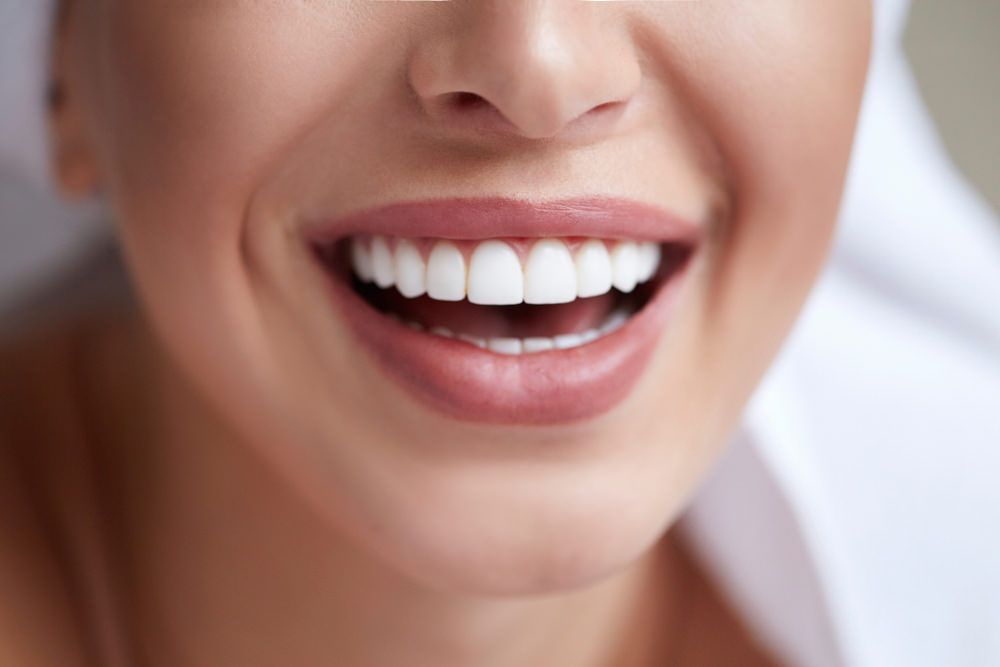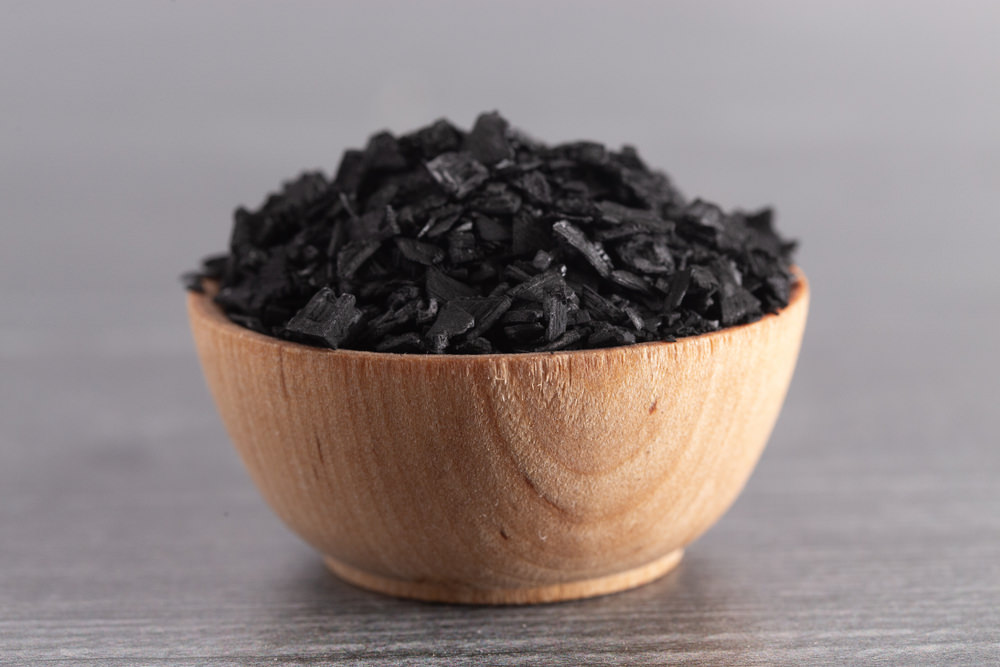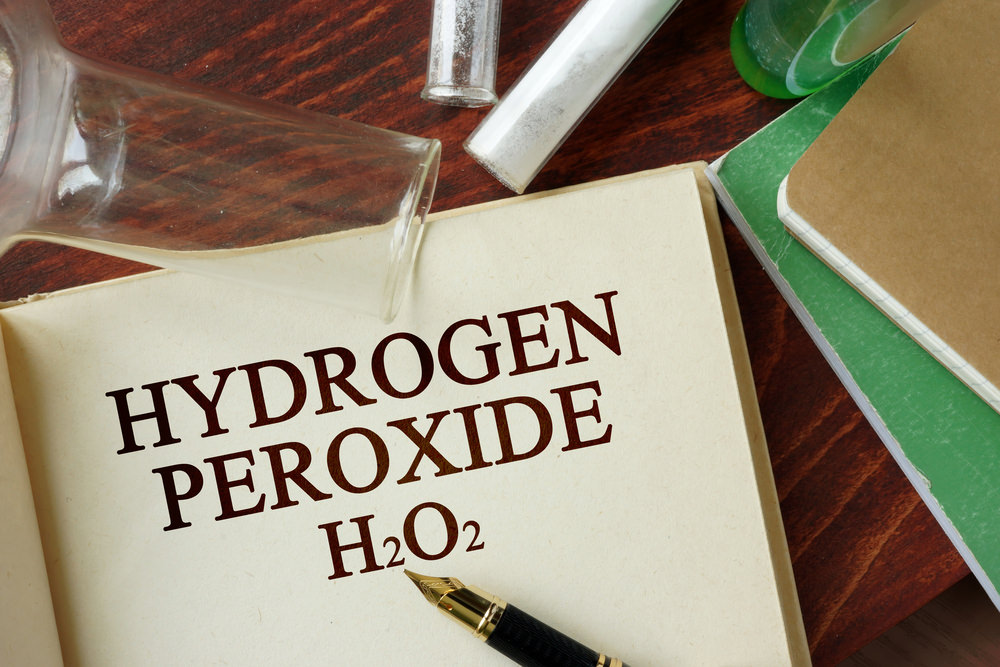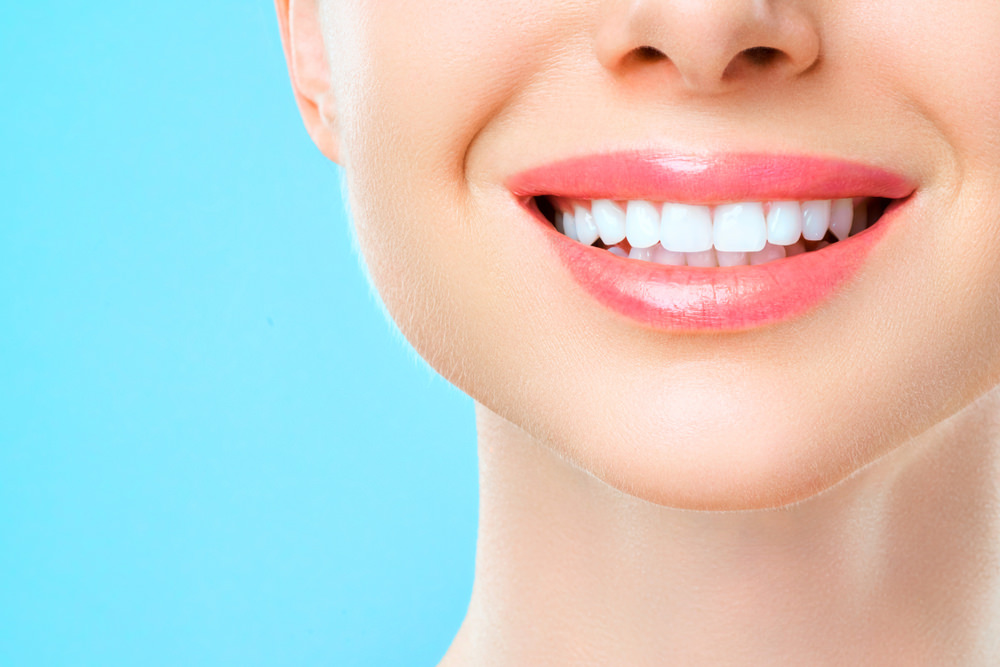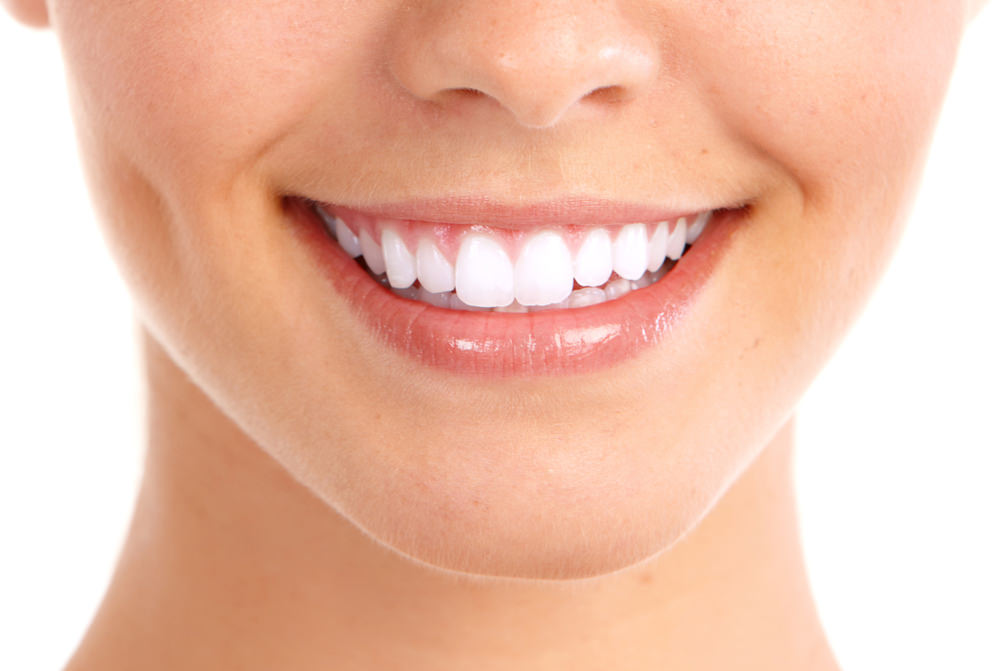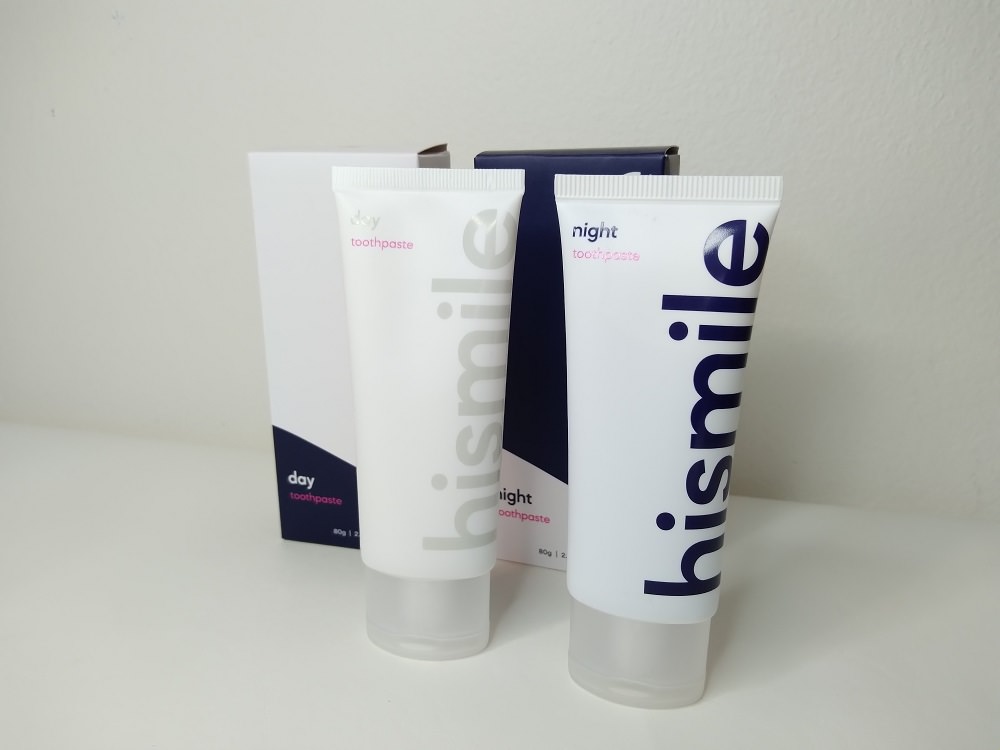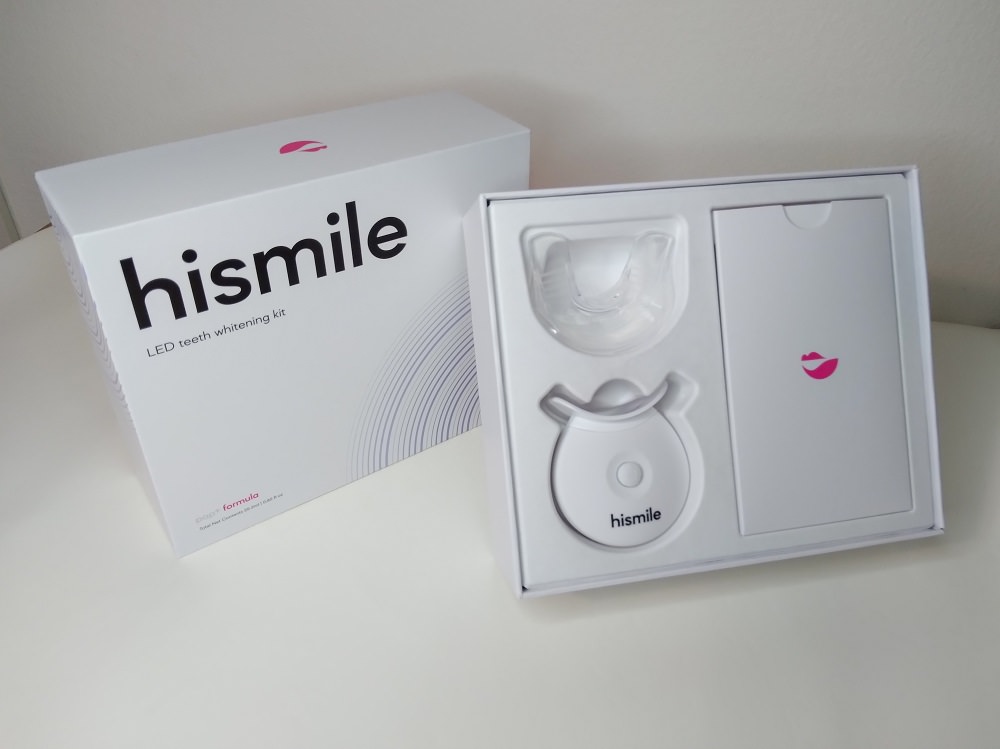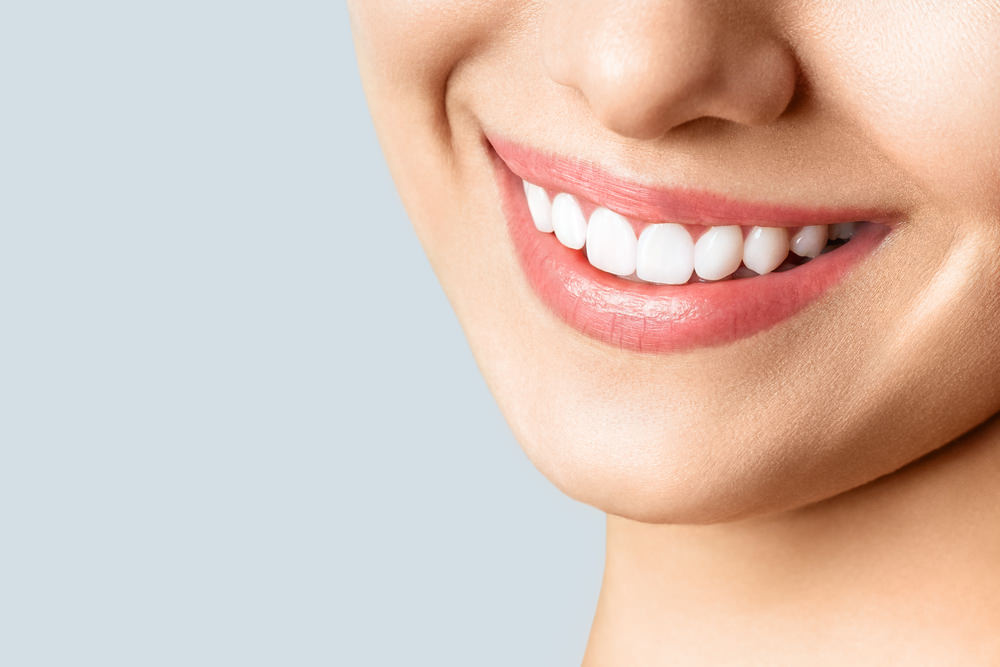Fastest Way to Whiten Your Teeth – Tips to Save You Time!
So you want to whiten your teeth and you want to do it in the shortest time possible.
What is the fastest way to whiten your teeth?
Your professional “in office” teeth whitening – the one that is performed by your dentist – is your best option for a fast, bright white treatment that lasts.
Let’s begin straight away, so you can get a bright sparkly white smile!
Why Are Some Methods of Teeth Whitening Faster Than Others?
There are 5 different types of teeth whitening methods:
- Whitening Toothpaste.
- Whitening Strips.
- Whitening Kits.
- Professional ‘In Office’ and ‘Take Home’ Whitening, or
- Natural Methods.
So, why do some work faster?
First, let’s discuss what teeth whitening is.
It’s a simple process where your teeth are made whiter because any stains or discolouration that has built up over time are removed.
There are two main ways this can be done – by applying either:
- Abrasives (anything you can rub, scrub, or brush on your teeth, such as toothpaste) or
- Chemical Solutions (the usual bleaching formulation is Hydrogen Peroxide or HP).
HP is in a lot of teeth whitening products in Australia.
But Australian law has put limits on the amount of HP allowed in all whitening products.
This is the active ingredient that whitens your teeth.
Only a licensed dentist can use over 6% HP.
So, if you’re after the best possible results in the shortest amount of time which also last, professional teeth whitening is your best choice.
Your dentist uses double sometimes triple the amount of HP in the whitening gel than any product you can buy yourself.
Now, onto other methods.
Most brands will use the highest amount that Australian law allows.
Whitening toothpaste has a mix of abrasive components and only a small amount of HP.
Most whitening strips will have a higher level of HP than toothpaste, so will generally whiten your teeth faster than toothpaste.
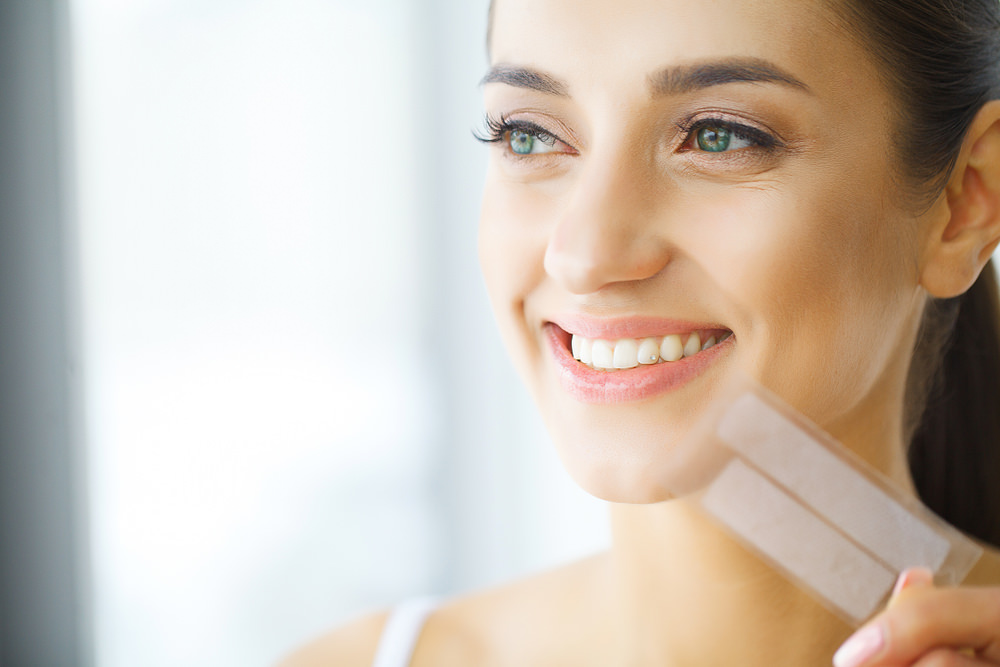
Teeth Whitening Strips are a convenient way to whiten your teeth
Whitening kits generally advertise either 6% HP or up to 18% Carbamide Peroxide (CP).
Essentially, there isn’t much – only that CP is typically a 3:1 ratio against HP.
While they advertise this ‘professional level’, legally they aren’t allowed to sell this amount of HP or CP.
There is also another formula that is offered by an Australian company called HiSmile.
They offer a new teeth whitening solution called PAP+.
They have a range of different types of PAP+ products but the one that catches peoples eyes is their Teeth Whitening kit with PAP+ pods.
It works and is quick to produce results.
It lasts fairly well but this is dependent on what you drink and drink.
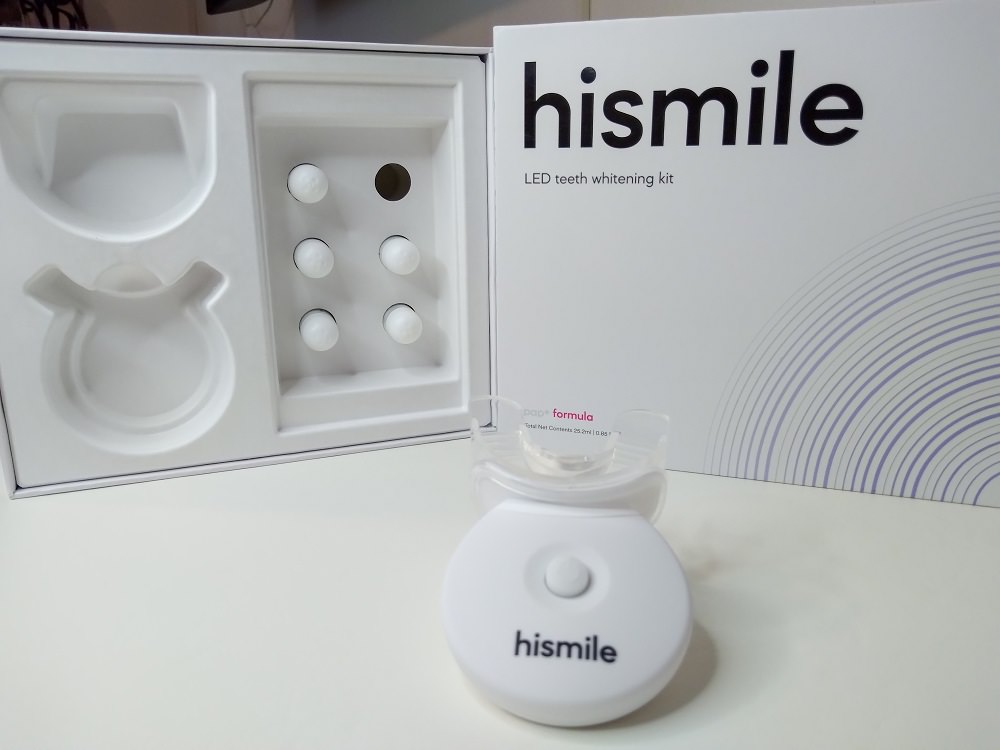
A fresh look for HiSmile and their Teeth Whitening Kit.
Can You Whiten Your Teeth Quickly Using Natural Methods?
There are at least 10 potential ways to whiten your teeth naturally.
Whether these will work is up for debate – thoughts behind their success vary.
But, if looking for different solutions for teeth whitening, below is a list of some of the natural methods.
Oil Pulling
Oil pulling has been practiced for roughly 3000 years.
It’s suggested that, by swishing the oil in your mouth for 5 to 20 minutes, you purify it, get rid of bacteria, and whiten your teeth.
It has some potential risks you should be aware of.
Do we believe it whitens your teeth? Unfortunately not.
Some reviews show its potential to eliminate bacteria, but more research is needed to verify its’ ability to whiten.
Essential Oils Whitening Toothpaste
Coconut oil can still be used as a strong carrier agent.
To create an essential oil whitening toothpaste, mix equal amounts of coconut oil, peppermint oil, spearmint and cinnamon bark essential oil, and baking soda.
Brush teeth with this paste at least twice a day, and you’ll see its impressive whitening effects.
Turmeric Whitening Toothpaste
Coconut oil can also be the carrier oil in turmeric whitening toothpaste.
Other ingredients are turmeric powder, spearmint essential oil, and peppermint oil.
The combination of turmeric and coconut oil is antibacterial, anti-inflammatorily, and powerful.
They remove plaque, keep your gums healthy and whiten teeth.
Powdered Milk and Toothpaste
This odd combination is strong and effective.
Powdered milk makes your teeth bright white while keeping them healthy.
Just put your normal toothpaste on your brush, add a small amount of powdered milk on top, then brush your teeth and rinse your mouth as usual.
Results won’t be immediate, but after a short period of time, you’ll notice whiter teeth.
Baking Soda
Baking soda is abrasive, so can scrub off intrinsic (surface) stains.
Reports mention baking soda can brighten and whiten teeth.
Mix one teaspoon soda with two teaspoons water, forming a paste, then brush your teeth as normal (roughly 2 minutes).
Other methods also include Hydrogen Peroxide, such as this one.
Adding HP can speed up results.
But be careful – if not used correctly, or if too much is used, HP can harm your enamel and burn your gums.
Research shows toothpaste with 1% HP and baking soda can whiten teeth significantly.
Or brushing your teeth with an HP/baking soda combination twice daily can whiten your teeth by 62% in 6 weeks.
Baking Soda and Strawberry Paste
Malic acid is in strawberries.
This ingredient is many dental products, as it assists with whitening teeth and removing intrinsic (surface) stains.
The addition of baking soda helps scrub off discolouration.
So, crush and blend a big strawberry with half a teaspoon of baking soda, until it’s blended smooth.
Apply the mix to your teeth, and leave it for 5 minutes before rinsing.
You can then brush your teeth with a baking soda or normal toothpaste, ridding all remnants of the strawberry.
Activated Charcoal
Charcoal has very small, abrasive particles, helping scrub your teeth.
So, essentially, charcoal requires abrasion to clean your teeth, as is explained in this post.
It does have varied opinions on its’ effectiveness though.
Our opinion?
Similar to baking soda, it does only have the potential to remove surface stains.
There isn’t enough research to say if it whitens teeth.
It’s also important you don’t scrub too heavily, as you can erode your enamel.
People who have an open cut, wound, or abrasion in their mouth should also avoid using this.
Hydrogen Peroxide
Using HP can help whiten your teeth, but partially – mainly because the amount used is restricted, or is mixed with other ingredients.
Most directions will advise you to only use a 1.5% – 3% HP solution for a DIY endeavour.
HP can be used as both a mouthwash or also, as mentioned, mixed with various other ingredients to form toothpaste.
For example, baking soda is the most common.
Other mixes include HP and:
- Listerine.
- Lemon juice.
- Salt.
This article covers the 6 best ways to add HP into your teeth whitening regime.
It’s also important to note HP can harm your oral soft and hard tissue when used in high concentrations, or you’re exposed for a prolonged length of time.
However, it does help to whiten the teeth, being a natural bleaching agent.
Apple Cider Vinegar
Similar to oil pulling, apple cider vinegar can be swished around your mouth.
It’s both a disinfectant and a natural cleaning agent, so doing this has been called one of the best natural methods for teeth whitening.
But it’s important to note that, due to its’ acidity, your enamel can be eroded if overused.
To avoid harm, use monthly, for no longer than a few minutes, and dilute with water.
Also, clean your mouth after using.
This method should whiten your teeth after only a few uses.
Banana Peels
The high level of minerals in banana peels, including manganese, potassium and magnesium, can be taken in by your teeth, whitening them.
Simply get a banana peel and gently rub it inside your teeth for 2 minutes, then brush your teeth with a baking soda or your normal toothpaste, getting rid of any residue.
Sea Salt
Sea salt also contains a lot of essential minerals.
All evidence is anecdotal, there is no research to support it, but there are many claims it has helped whiten teeth.
Salt must be diluted in water prior to it being used to brush your teeth.
If you do not, but instead use it straight (that is, do not dilute it), you are risking abrasing your enamel.
Why Do Some People Have Whiter Teeth Than Others?
There are several reasons why some people have whiter teeth than others.
These include:
- Genetics – You may be born with thinner or thicker enamel (the semi-translucent outer coating of your tooth). But it’s your dentin, the main portion of your tooth underneath the enamel, that’s responsible for its colour (assuming you have white enamel). So, let’s say that you have thin enamel. Then your dentin, which is naturally yellowish, will show through.
- Age – Teeth can get more yellow with age, as your enamel can get thinner.
- Illness – While young, if you suffer from an illness, such as high fever, or jaundice, or take too many tetracycline antibiotics, this can cause your teeth to yellow.
- Genetic Disorders – A rare genetic disorder of tooth development, known as Dentinogenesis Imperfecta, will stain your dentin.
- Injuries – Several injuries may lead to the discolouration of teeth. These include:
- A young child falls while their permanent teeth are still emerging. This can disrupt the formation of their enamel, making it greyish.
- An adult gets a sports injury. This can discolour their teeth.
- A person grinds their teeth a lot, particularly whilst they are asleep. This may wear away their enamel, thus exposing their dentin.
- Diet – What you eat (for example, how much calcium is in your diet) early on in your life can impact your enamel, thus your tooth colour. Food and drinks such as black tea, coffee, or berries can also stain teeth.
- Lifestyle – Smoking, for example, will make your teeth noticeably darker. Or, if you are exposed to too much fluoride during your early years, you may get a condition called Dental Fluorosis.
- Hygiene – Many years of poor oral hygiene can lead to your teeth becoming semi-permanently stained.
Can Whitening Your Tooth Quickly Have Negative Effects?
It is common to wonder if whitening your teeth can be damaging to them.
There are two potential side effects of teeth whitening:
- A brief increase in teeth sensitivity, during and after the whitening is performed (this being the most common), and
- Mild tenderness of the soft tissues of the mouth, especially your gums.
But whitening does not harm the enamel itself.
During professional whitening, your teeth are coated with whitening gel.
This makes its way through your enamel, down into your dentin, and the stained tissues in here begin lightening.
This procedure has undergone scrupulous, accurate testing, to ensure its safety.
As discussed, Australian law has parameters on the level of Hydrogen Peroxide and Carbamide Peroxide that can be used, and every product that is sold in Australia must stick to these regulations.
It is important to note, however, that if abrasives are overused or misused, they can potentially damage your enamel.
So, if whitening your teeth by any other method except under the eye of a professional dentist, please follow all guidelines, and do not use the product more than instructed.
Conclusion
I hope this post has given you all the information you need to know about professional teeth whitening.
Perhaps even inspired you to book an appointment.
If so, speak to your dentist first about your expectations, so you know if you can get the results you want or best to get in touch with professionals such as Smile Bar for Teeth Whitening Solutions.
Also, not everybody is a good candidate for professional teeth whitening.
Your dentist can recommend the best course of treatment for you, including how many times you should have the whitening procedure performed.
Or you can read about the other types of teeth whitening and our reviews on them here.
What teeth whitening option will you choose?
By Anthony Cade
Created at October 29, 2021, Updated at January 25, 2025


